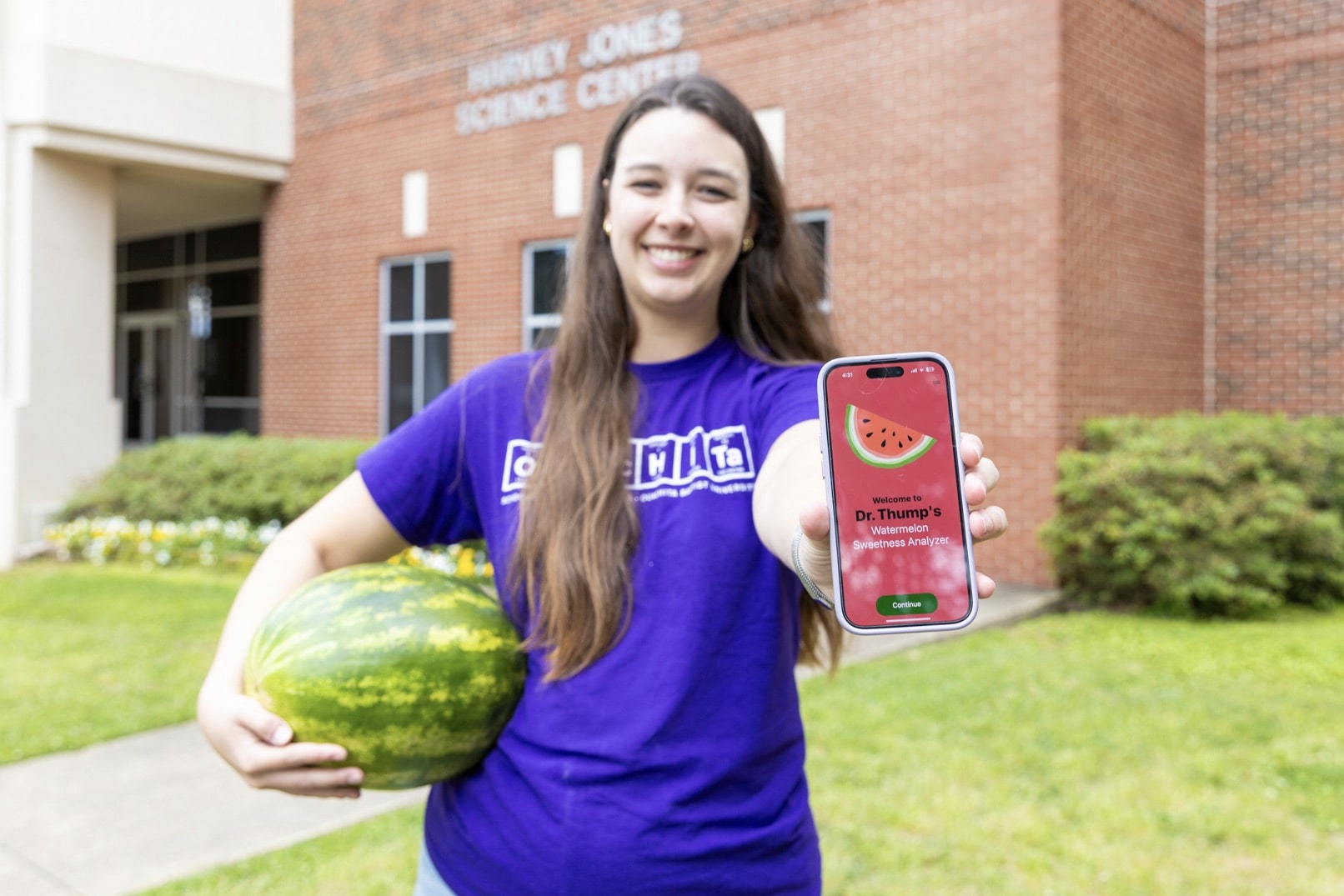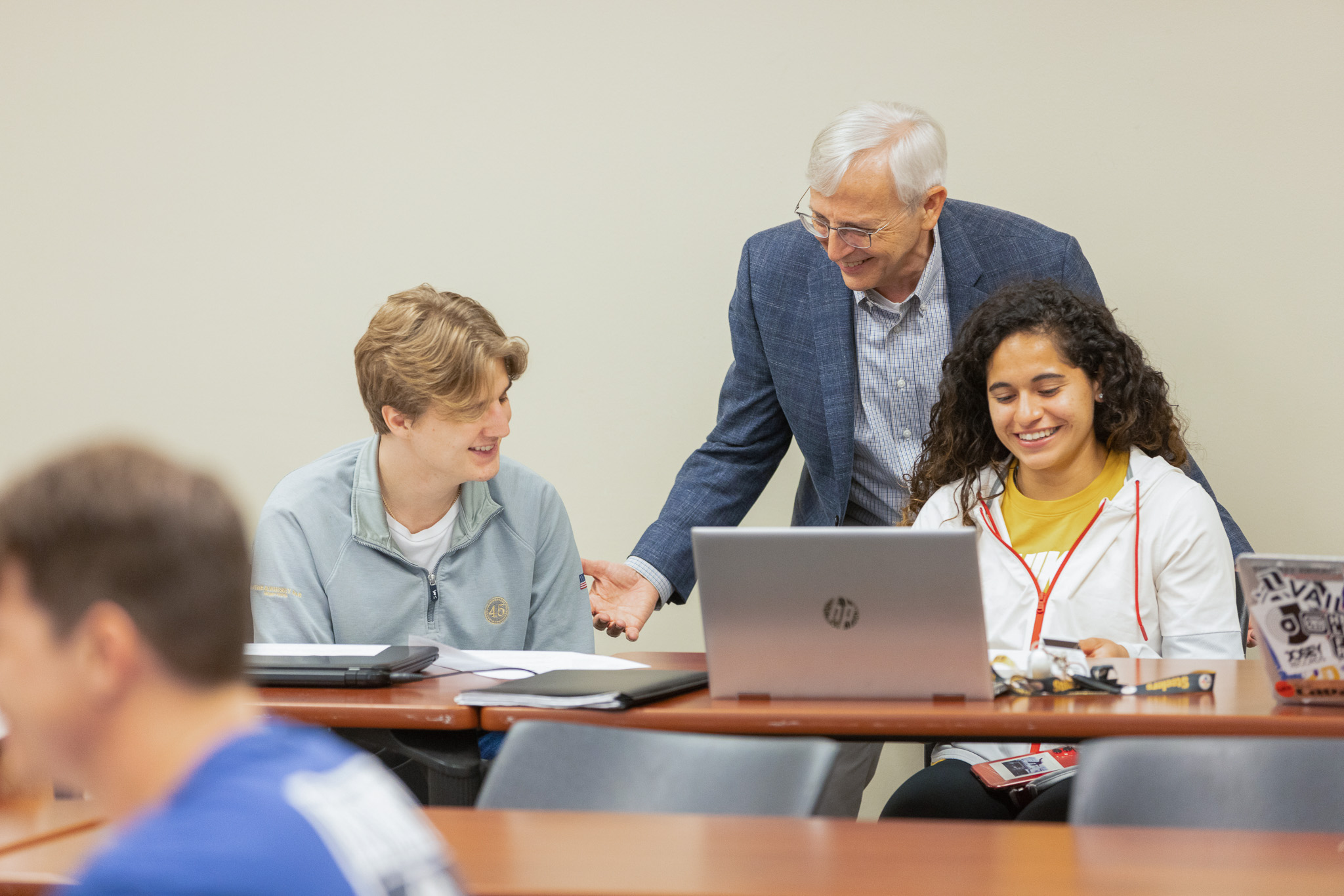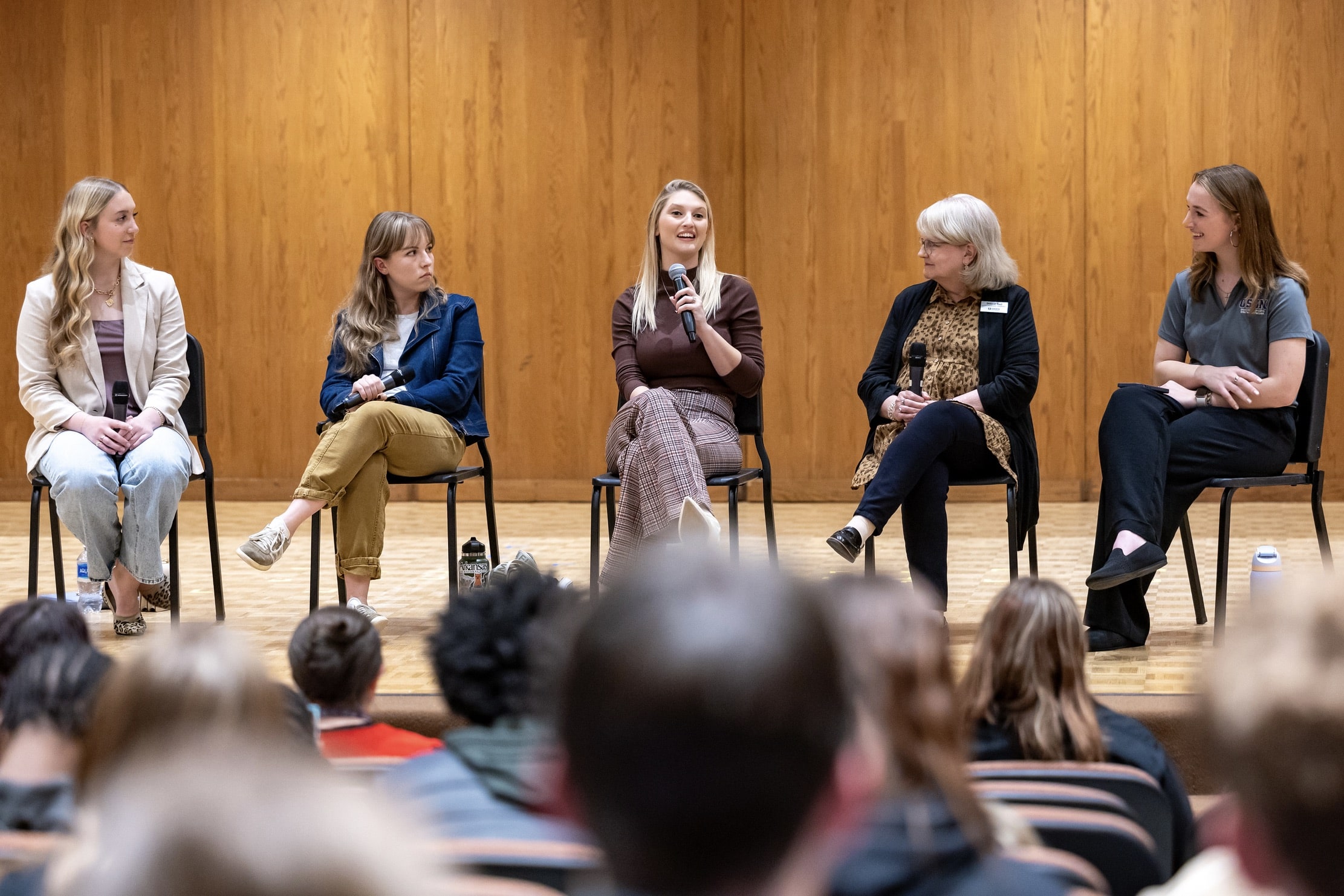Ouachita senior Rebekah Wendt presents research at ACS national meeting
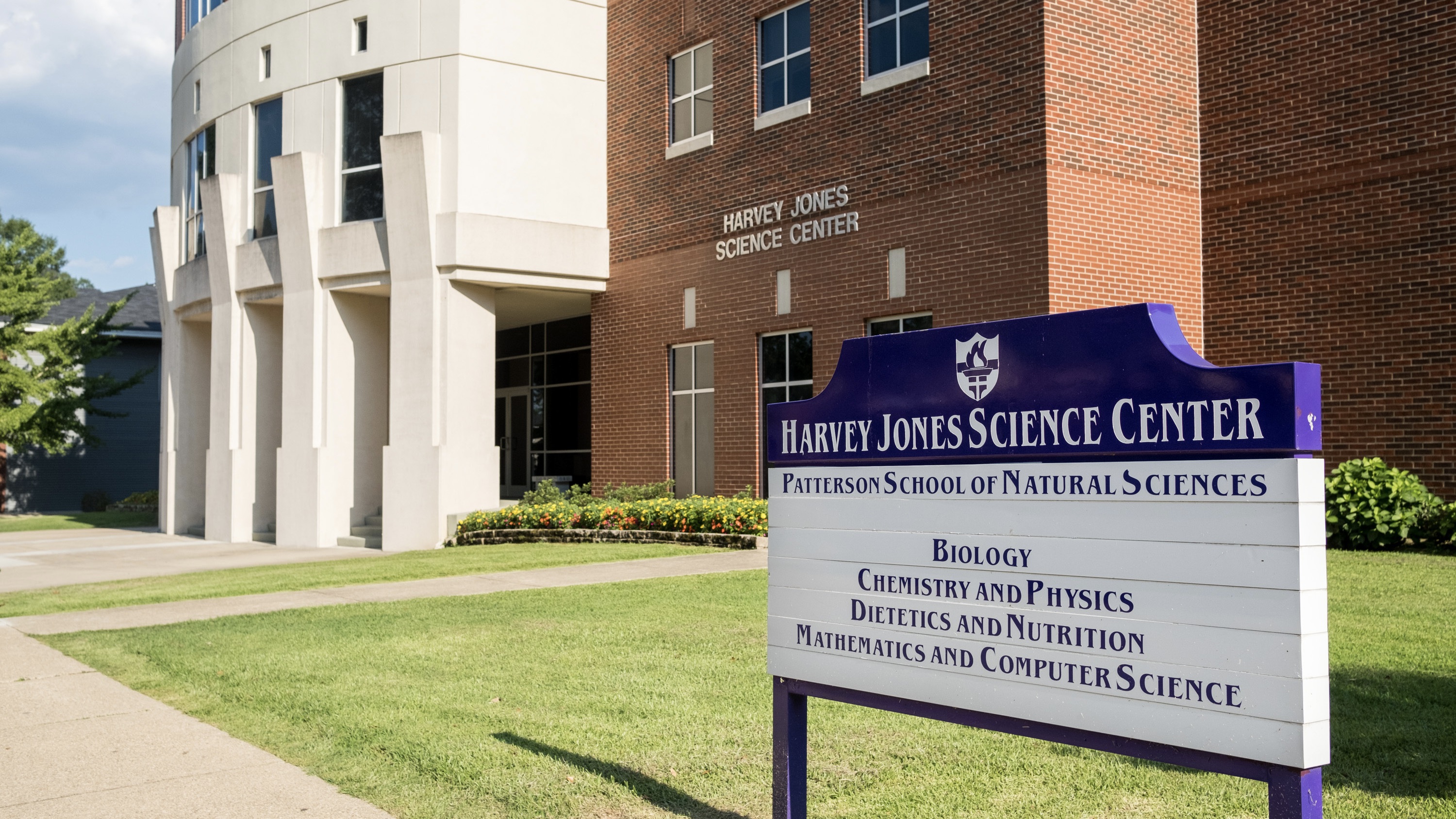 May 17, 2023
- Addie Woods
May 17, 2023
- Addie WoodsDuring the American Chemical Society national meeting, held March 26-30 in Indianapolis, Indiana, Ouachita senior Rebekah Wendt presented findings based on her research using polymers to prepare core-shell nanofibers.
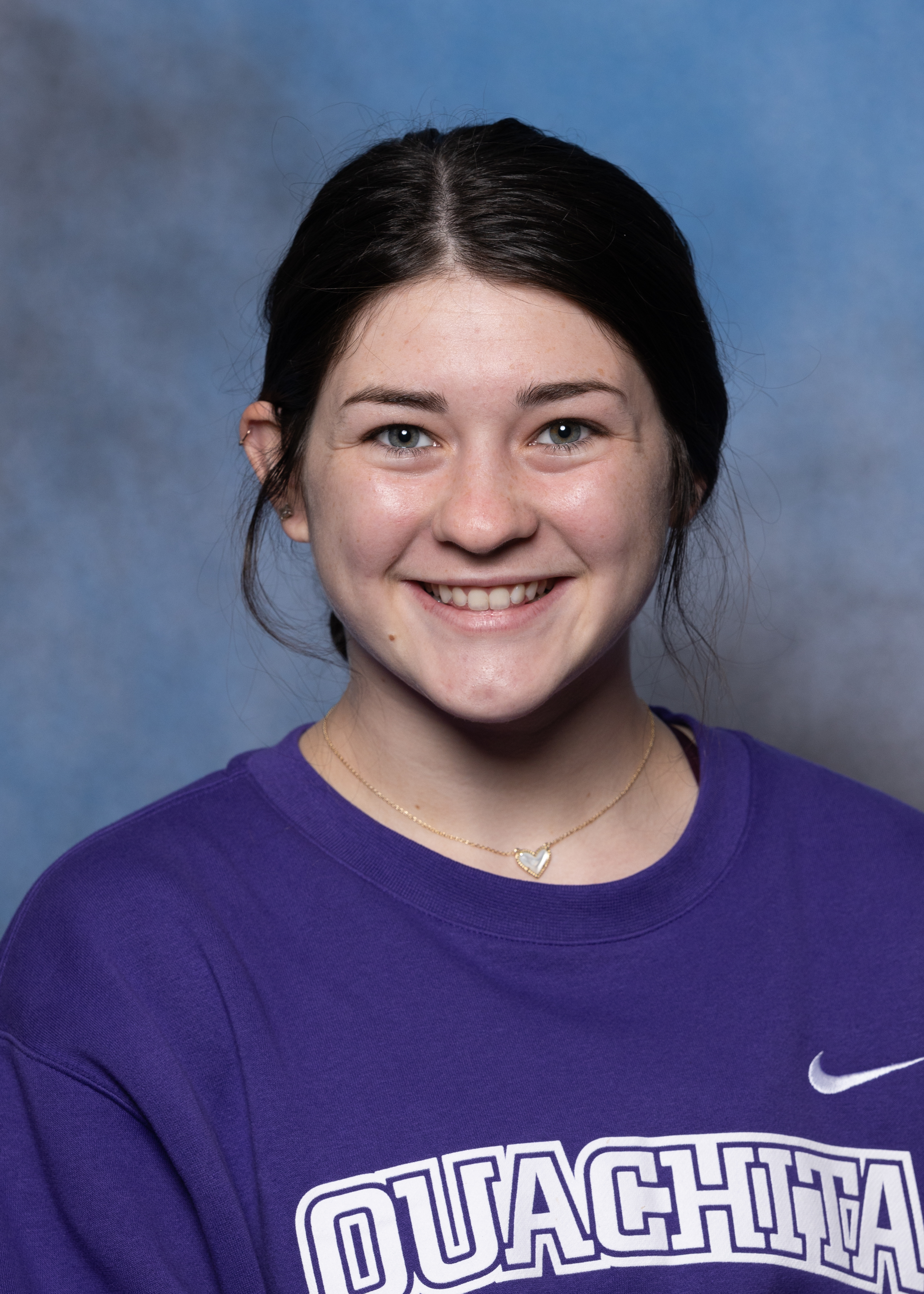
Rebekah Wendt
Wendt, a chemistry major from Haworth, Okla., was awarded a Student Undergraduate Research Fellowship by the Arkansas Department of Higher Education in December 2021 to conduct her research. She also presented her findings at the Southwest Regional Meeting of the ACS in Baton Rouge, La., in November.
Wendt’s research objective was to synthesize a novel wound healing material using core-shell nanofibers. She conducted her research alongside Dr. Sharon Hamilton, associate professor of chemistry at Ouachita, who specializes in polymer chemistry and wound healing. These fibers are often used for drug release purposes.
To begin her research, Wendt studied several papers published by Johns Hopkins University concerning core-shell nanofibers. She found evidence that two drugs, AMD3100 and tacrolimus, exhibited quicker healing time than wounds treated with either drug individually.
“You can design the fibers to have an easily degradable polymer as the shell to quickly release any drugs loaded in the shell material,” said Dr. Hamilton.
“I decided to research core-shell nanofibers and realized I could put anything I wanted into both components, and I knew drugs would be a good place to start,” Wendt said. “I was basically creating a band aid, and if a band aid starts to break down, what would I want in there?
“The first month was a lot of trial and error. When I put the solutions into the machine, it took about four hours for the fiber mat to be complete,” she added. “Some solutions weighed more than others, so I had to perfect the weight and size of the solutions.”
Over the course of a semester, Wendt first tested out various solutions using a new machine which electrically spins core-shell nanofibers.
“The nanofiber machine allowed me to create a core-shell nanofiber that first degraded on the outside and then released the drugs in the inside,” said Wendt. “There are two needle entry points, so one entry point shoots inside the shell while the other wraps around it.
“My research is one small piece of a bigger puzzle, and if this works out, this could be something that doctors use after surgery to help the healing process,” she noted. “Someone could take my research, and 30 years down the line my original thought could transform into something bigger.”
Wendt submitted her findings to the ADHE in October. The grant will support further research in wound healing and polymer chemistry.
For information about Ouachita’s Bachelor of Science and Bachelor of Arts degree pathways in chemistry, contact Dr. Sharon Hamilton at [email protected] or at (870) 245-5092.
You Also Might Like
Recent
Over 400 students and educators attend high school sports media conference at Ouachita
December 03, 2025


